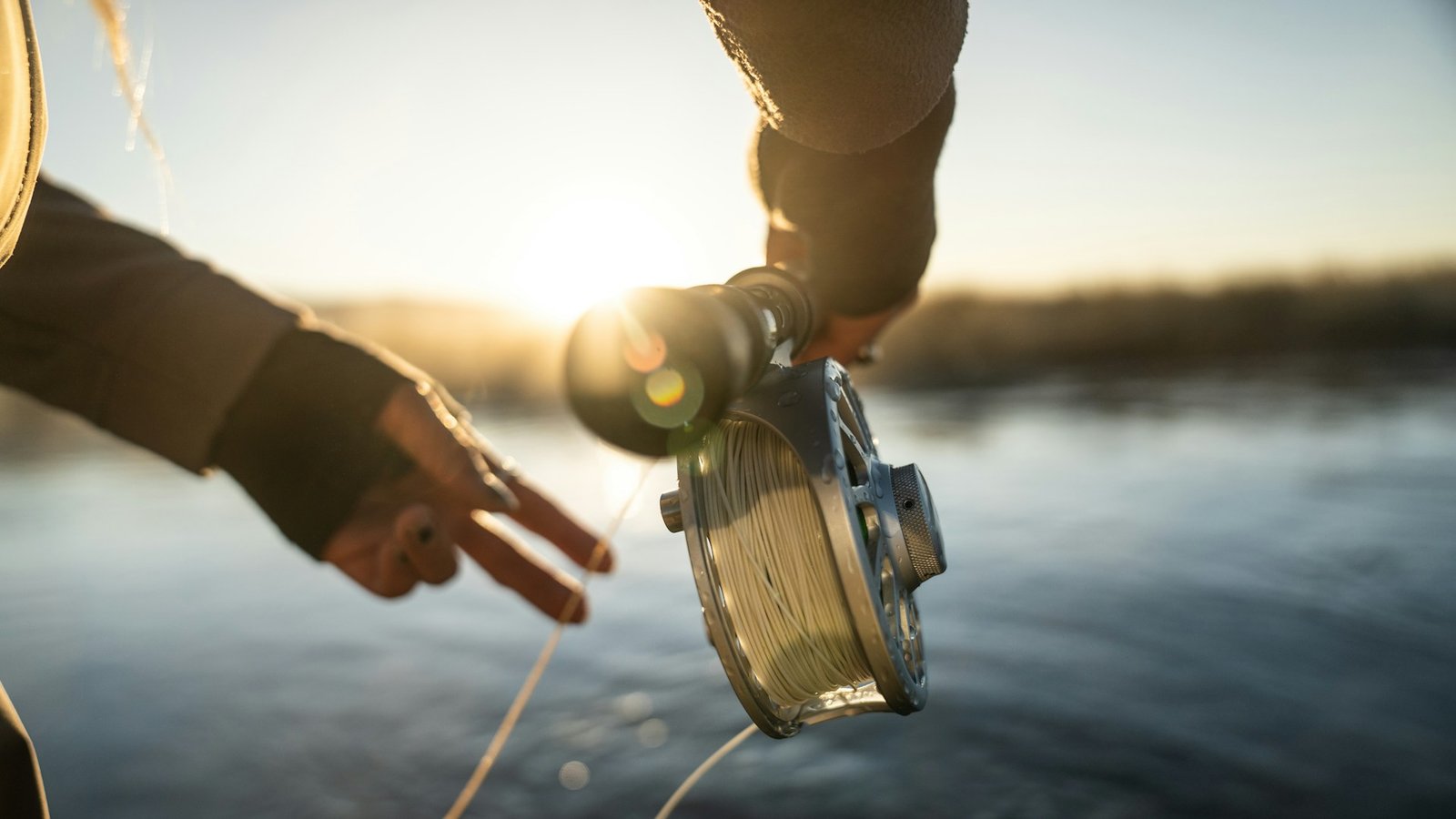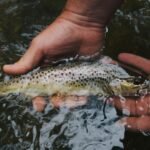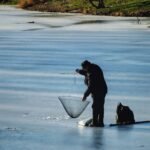Recreational fishing projects produce energy by generating biological materials or transforming them into food sources, and nutrients are emitted. This is reflected in all aquatic habitats where it can occur traceable or measurable behalf.
Direct and Indirect Effects
One of the most urgent questions is what high or selective fishing mortality will do to an ecosystem. It results in the break-up of age-size structures for fish populations that is entirely different from those seen in existence today, loss of genetic diversity and changes over time, and breaking up a food chain1. These impacts can lead to the collapse of fish stocks, reducing biological diversity and ecological resilience.
Use of Live Bait
The utilization of live bait organisms or lures, many of which originated from another water body, means still another risk. Once these organisms are released or distributed, they can affect genetic, species and ultimately ecosystem diversity.
Environmental Contamination
Another significant issue is the discard of fishing tackle, such as lead and zinc that may cause environmental contamination. Baits, lines, hooksthrough which other equipment for sports angling is deployed can get tangled in coral or rock formations where they accumulate toxins which take centuries to decompose2. This debris can harm fragile marine organisms–for example corals and gorgonians–through actual injury or “strangulation.”
Coral Reefs and Habitat Degradation
Coral reefs are fragile ecosystems supporting a great variety of marine life. Such marine organisms as anchors, hooks, and nets cause physical destruction to the reef, leading to erasure.
Regulations, Conservation Efforts
In response to these environmental challenges, developed countries have built up their public regulations and punishments for anglers. This has been quite effective, but the cost may be that some people go to sea or bicycling less and hence fine fish populations in less danger of collapsing. Intwo decades, this has helped to swing part of the international angler community around so that it now pays more attention and takes more care when fishing in such a manner which is less damaging to the environment.
Sustainable Means in Recreational Fishing
Consider the significance of sustainable fishing practices, such as trap and release, using barbless hooks, and sticking to fishing quotas. Point how these practices can keep fish populations from dwindling too low or damaging the marine environment.
The Role of Technology in Mitigating Impact
Examine how new technologies, such as environmentally friendly tackle or apps tracking fish population dynamics, help mitigate the adverse impact of recreational fishing on marine ecosystems.
Educational Programmes for Anglers
Study the contribution of such education programmes as introduce recreational anglers to the marine environment and make them aware of how their activities influence it. Discuss the benefits such programmes bring in encouraging conservation consciousness among people who go fishing.
Economic Contribution vs. Environmental Cost
Consider the economic contributions of recreational fishing to local communities versus its potential environmental costs. Come up with strategies for balancing these two aspects so that development is sustainable.
Instances of Sucessful Conservation
Give examples of areas that have seen increases in fish populations after conservation efforts, as the marine environment improved. Talk about what measures were taken and the result.
The Ethics of Recreational Fishing
Explore the ethical considerations involved in recreational fishing. Discuss how morally responsible anglers ought to be towards the living things they catch and the world they are working in.
Worldwide Patterns in Recreational Fishing
Explore global tendencies in recreational fishing, including changes in fish populations, the kinds of people who go for this type of activity, and popular practices among anglers.
Climate Change and Recreational Fishing
Consider how climate change is altering fish habitats and populations, and what this means for the future of recreational fishing.
The Role of Public Policy in Protecting Marine Ecosystems
What government policies and international agreements are there to regulate recreational fishing so that the marine environment as a whole is not hurt?
Leaders for ocean conservation from the ranks of ordinary people
Identify community-led initiatives that have successfully contributed to ocean conservation and how they could be replicated elsewhere.
Conclusion
This means that as the number of fish harvested increases, the marine environment best for recreational fishing can help ensure ecosystem resilience on a regional scale. Although recreational fishing has long been an integral part of our socioeconomic fabric, it is clear that impacts on fish populations and coastal ecosystems exist. In particular, the potential impact on marine fish stocks and ecosystems from the worst-case (high-risk) impacts is something for which data are quite lacking. In general, future research in marine recreational fisheries must correspond to both the temporal extent and scale of impact on the marine environment affected, and the effort put forth by fishermen. We should payattention to various key areasjust touched on by environmental studies and make certain that our marine ecosystems are prolonged and protected.



